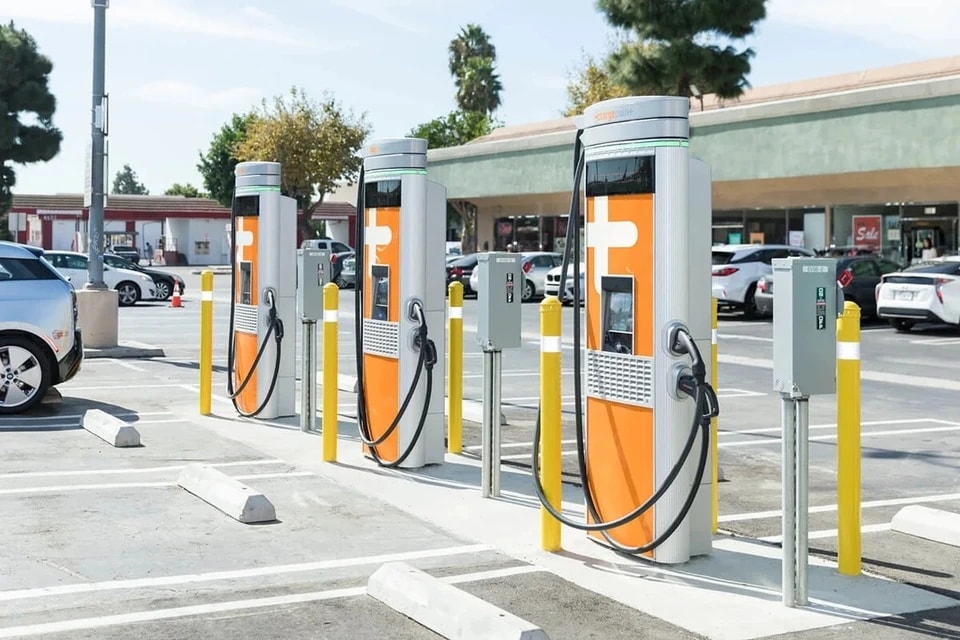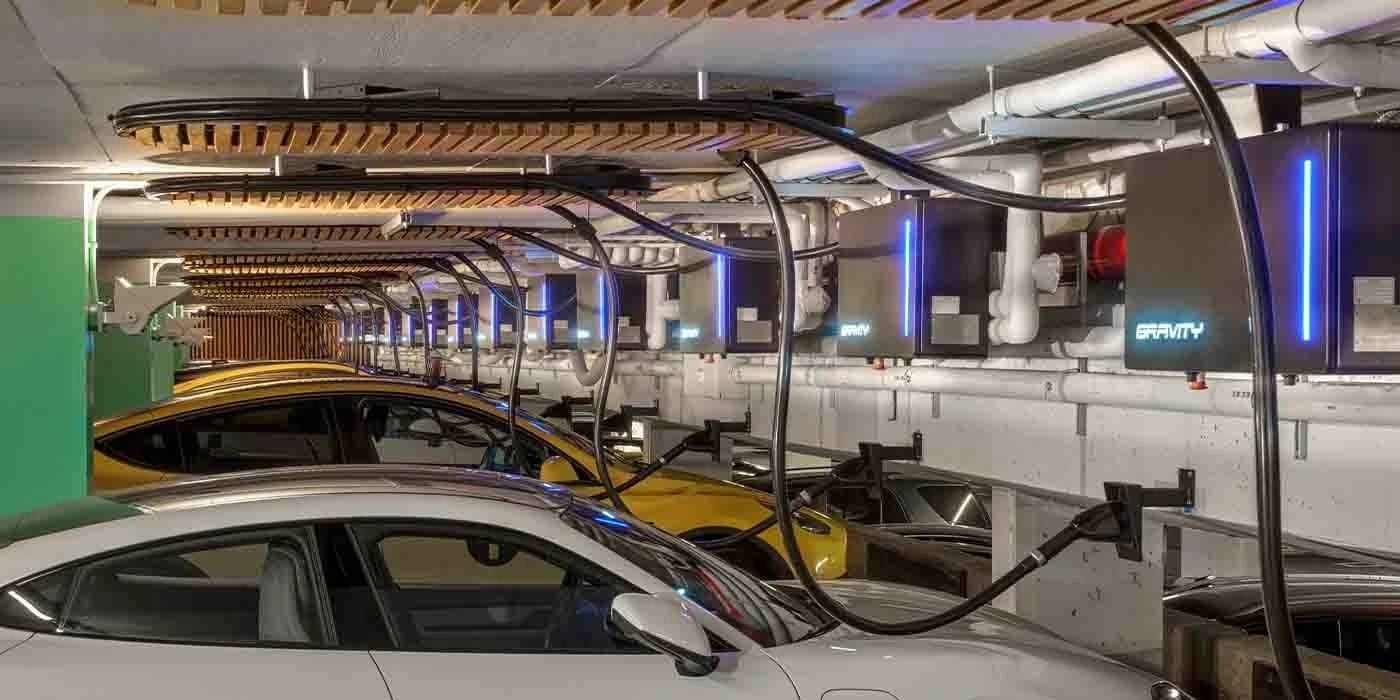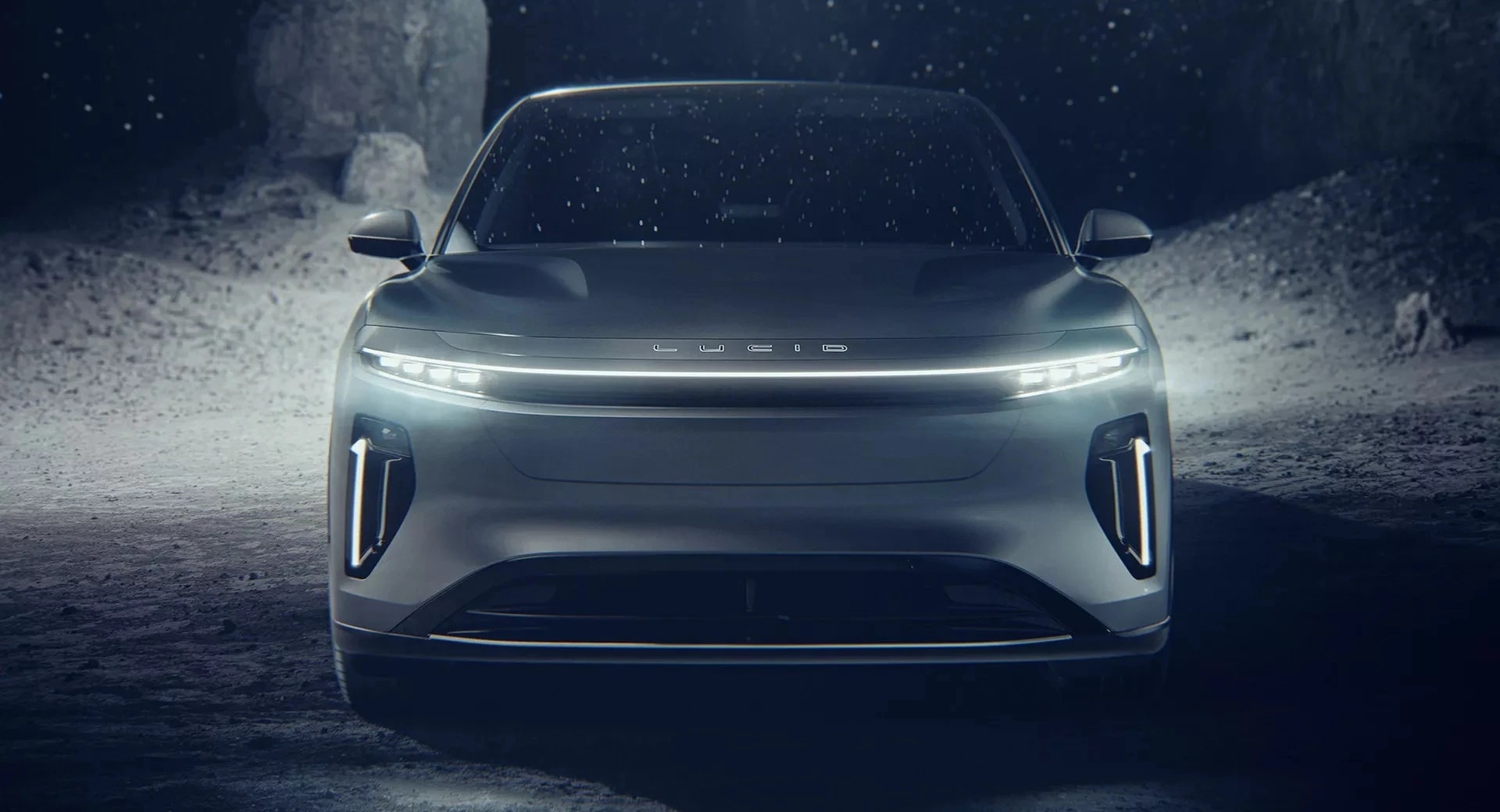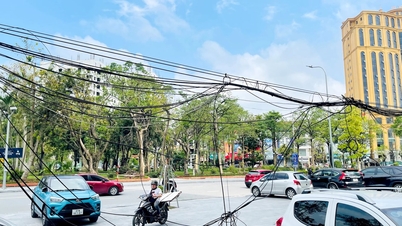According to InsideEVs, a wave of megawatt (MW) super-fast chargers is spreading in China, promising to shorten charging times for electric cars to just a few minutes. In the US and Europe, 400–600 kW chargers have also appeared, and even 500 kW systems are already in operation. In that context, Lucid Gravity – an electric SUV using 900 V architecture – has emerged as a name ready to take advantage of the increasingly powerful charging infrastructure, with current charging capacity at 400 kW chargers and the potential to receive MW levels.
However, as InsideEVs and USA Today note, most electric vehicles in the US and Europe still cannot accept charging speeds above 350 kW, which puts the current 500–600 kW towers somewhat ahead of actual demand.

Opening the MW charging era, but how practical is it?
In China, MW charging stations are being deployed by many manufacturers, allowing electric cars to be recharged in about 5 minutes – a time close to filling a gas tank. Europe has seen the popularity of electric cars and the development of charging networks, but no models currently accept more than 400 kW; only a handful of cars are 400 kW compatible. In the US, the Gravity system already offers 500 kW, while ChargePoint will deploy 600 kW starting next year.

Technical design of a 900 V electric SUV
InsideEVs states that the Lucid Gravity uses a 900V electrical architecture. In terms of charging capabilities, the source said the model can charge at 400kW stations today and has the potential to accept megawatt fast chargers in the future. At the moment, 600kW stations or higher are considered not really useful for this SUV.

Space and experience: published data is limited
The source material does not provide a detailed description of the Lucid Gravity’s interior, materials, or amenities. The article therefore focuses on the infrastructure and fast-charging technology that are shaping the real-world experience of electric vehicle ownership.
Charging performance and technical comparison
At the heart of the Lucid Gravity is its compatibility with high-power charging stations. InsideEVs says the Lucid Gravity can charge at existing 400kW stations, and thanks to its 900V platform, it has the potential to accept MW charging, similar to some Chinese EVs. However, practical efficiency depends on both the infrastructure and the vehicle’s ability to accept it.
On the other hand, most electric cars in the US and Europe still use 400 V architecture, which cannot accept charging above 250 kW. Tesla and Volvo EX90 are typical examples of this 400 V group. For cars using E-GMP technology from Hyundai and Kia, the company recommends using a 350 kW tower to achieve the advertised 800 V/300 A condition, even though the actual power received by the car does not exceed about 240 kW.
As for fast-charging competitors: the source says the Lucid Gravity already charges at a 400 kW post; next year, the BMW iX3 and Porsche Cayenne EV are expected to charge at similar speeds, while the Porsche Macan EV and BMW iX are in the 800 V range.
| Vehicle model/group | Electrical architecture | Charging capacity (by source) | Note |
|---|---|---|---|
| Lucid Gravity | 900 V | 400 kW current; MW potential | Towers ≥600 kW are not really useful at present |
| Porsche Macan EV | 800 V | Not specified | Belongs to group 800 V |
| BMW iX (coming soon) | 800 V | Not specified | Belongs to group 800 V |
| BMW iX3 (next year) | Not stated | About 400 kW (equivalent) | According to the description “equivalent” to 400 kW |
| Porsche Cayenne EV (next year) | Not stated | About 400 kW (equivalent) | According to the description “equivalent” to 400 kW |
| Tesla, Volvo EX90 | 400 V | Maximum 250 kW | Limited by 400 V architecture |
| Hyundai/Kia E-GMP Group | 800 V | Recommended charging 350 kW; vehicle receives ≤240 kW | To maintain 800 V/300 A |
Safety and technology: the charging infrastructure landscape
The source did not mention Lucid Gravity’s safety ratings or ADAS package. In terms of infrastructure, Europe currently has a maximum 420 kW tower, and a few 600 kW towers are expected to appear this year and next. In the US, Gravity already operates a 500 kW tower; ChargePoint will deploy 600 kW starting next year. However, InsideEVs estimates that demand for 600 kW or MW towers is currently quite limited, as most vehicles cannot absorb the corresponding power.
Price and positioning: compete on charging speed
The source did not provide pricing information. In terms of technology positioning, Lucid Gravity competes directly in fast charging capabilities with upcoming names such as BMW iX3, Porsche Cayenne EV, while creating a gap compared to the majority of 400V cars (limited to 250 kW). In the context of the US and European infrastructure shifting to 500–600 kW, the advantage of Gravity comes early, but the actual benefits depend on the compatibility of the entire ecosystem.
Conclusion: How fast is fast enough?
Lucid Gravity shows a clear approach: build on a 900 V platform to be ready for the era of ultra-fast charging. Currently, charging at a 400 kW station is a significant technical advantage. However, as InsideEVs notes, with most cars in the US and Europe still below the 350 kW threshold, 500–600 kW or MW stations are more of a “go-ahead” than an immediate solution.
Pros: 900 V platform, already 400 kW compatible, potential to hit MW threshold once infrastructure and vehicles are aligned. Cons: benefits of 600 kW+ towers unclear at present; lack of public information on interiors, safety, and pricing for comprehensive assessment.
Source: https://baonghean.vn/lucid-gravity-900-v-danh-gia-kha-nang-sieu-nhanh-10308344.html




![[Photo] Closing ceremony of the 18th Congress of Hanoi Party Committee](https://vphoto.vietnam.vn/thumb/1200x675/vietnam/resource/IMAGE/2025/10/17/1760704850107_ndo_br_1-jpg.webp)























![[Photo] Nhan Dan Newspaper launches “Fatherland in the Heart: The Concert Film”](https://vphoto.vietnam.vn/thumb/1200x675/vietnam/resource/IMAGE/2025/10/16/1760622132545_thiet-ke-chua-co-ten-36-png.webp)












































































Comment (0)